Wildlife Watching with a Conscience: Ethical Animal Encounters
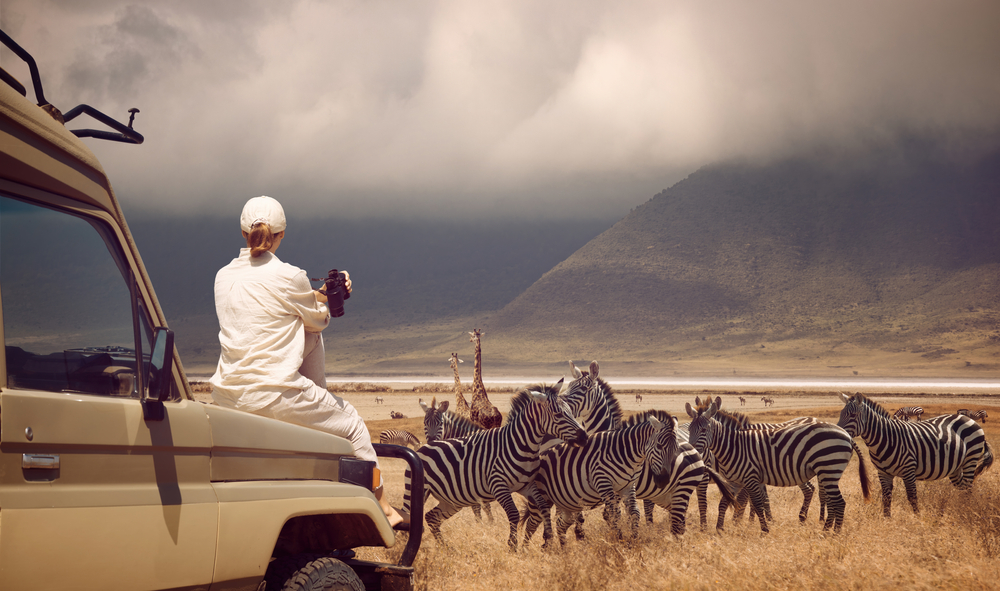
Venturing into the wild to witness the raw beauty of nature’s creatures is a transformative experience, one that stirs the soul and ignites a deep appreciation for our planet’s diversity. Yet, such awe-inspiring encounters come with a silent plea from the animal kingdom—a plea for mindfulness and morality in the way we behold them. Troublingly, not all wildlife tourism is created equal, and without careful consideration, our quest for connection could harm those we yearn to see thrive. Fortunately, there’s a path forward that honors our curiosity without compromising the natural world. It’s time to step up as guardians of the wild, ensuring our pursuits of wonder walk hand-in-hand with compassion and conservation. Engage with me on this crucial journey as we uncover how to relish the marvels of wildlife watching without leaving a mark on the delicate balance nature so finely weaves.
The Challenge with Wildlife Tourism

With the collapse of a butterfly’s wing or the nervous shift of a fawn, the stark reality of our interactions with nature becomes clear. These minute reactions signal a distressing truth—our craving for connection with the wild often comes with a cost. Unethical wildlife tourism practices can inadvertently accrue a toll on the very beings we aim to admire.
- Disturbance to natural behaviors and feeding patterns of animals
- Stress and anxiety caused by excessive human interaction
- Potential injuries or fatalities resulting from unsafe or intrusive encounters
Research has shown that significant behavioral changes occur in wildlife due to human interaction, affecting their survival and reproduction. For instance, studies indicate that dolphin tourism can alter their foraging and social behaviors, leading to stress and decreased calving success.
Going Ethical: The Solution
So, how do we align our desires for discovery with the well-being of the wildlife we so admire? The first step is simple—commit to responsible tourism. This is not just a buzzword; it means actively choosing to engage with tour operators who prioritize the welfare of animals.
These are operators who:
- Employ well-informed guides
- Limit the number of tourists per encounter
- Conduct tours that adhere to strict animal welfare standards
By selecting such experiences, you directly support conservation efforts and encourage ethical practices within the industry.
Understanding Animal Ethics
Ethical wildlife encounters boil down to respect—treating our fellow earthlings with kindness and consideration. Think of it as an unspoken pact between us and the animals: We witness their majesty without impeding their right to a peaceful existence.
Our actions must be more than mere words; they must reflect a deep-seated understanding that every creature plays an integral role in the tapestry of life. Grasping the principles of animal ethics isn’t just a guideline—it’s a responsibility gifted to every explorer who sets foot in the wild.
Are you ready to transform your wildlife encounters into a force for good? Stay tuned as we venture further into the realm of ethical wildlife tourism, laying out the crucial steps to ensure your adventures respect and preserve the very essence of nature’s wonders. What will you discover when you tread lightly and observe respectfully? Join us as we continue this journey into ethical exploration.
A Step into Animal Ethics
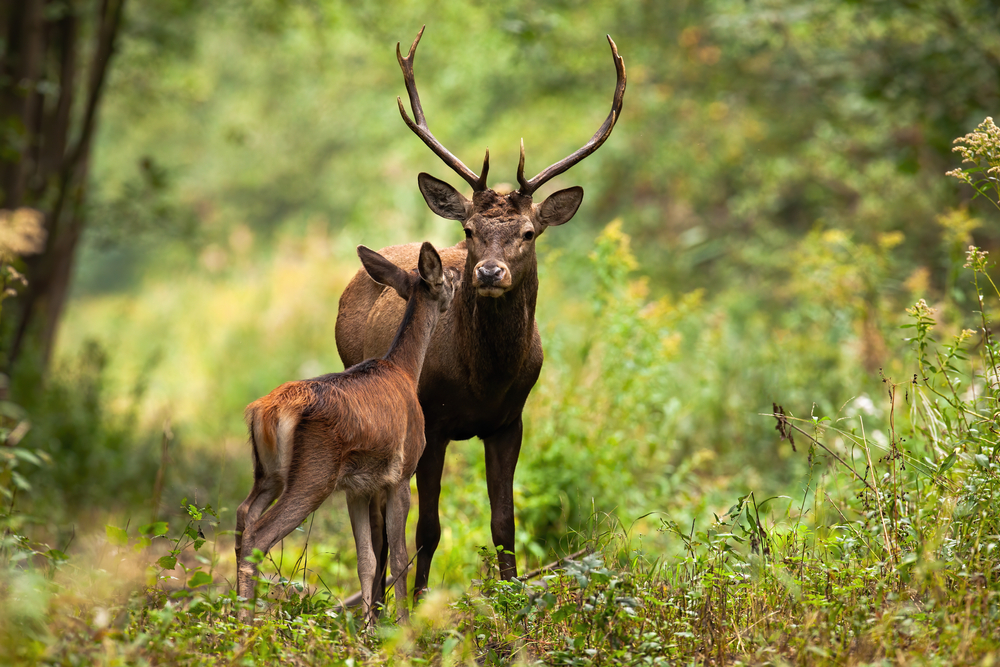
As we venture into the diverse tapestry of our planet’s wildlife, we must pause and ponder – are we stepping lightly? Our love for the wild commands not just admiration, but also responsibility. It’s more than a journey; it’s a commitment to understanding and practicing animal ethics.
Defining Ethics in Wildlife Tourism
Ethical wildlife tourism isn’t just a concept; it’s a set of actions that protect and respect our natural world. It encompasses:
- Avoiding attractions that exploit or harm animals.
- Keeping a respectful distance to avoid distress or disruption to their natural behaviors.
- Supporting local conservation efforts that benefit wildlife and habitats.
These actions ensure that our awe-inspiring encounters don’t come at the cost of the well-being of the very creatures we admire.
Respect for Wildlife: Why It Matters
“We have the choice to use the gift of our life to make the world a better place – or not to bother” – Jane Goodall.
This quote by Dr. Jane Goodall, a paragon of wildlife conservation, reminds us that respect for wildlife is a profound responsibility, not a choice. Here’s why:
Our interactions with wildlife should be grounded in humility. We share this planet with an incredible array of life. To enter their world is a privilege, not a right. We do not possess the freedom to disrupt or harm. Interference in animal lives for fleeting entertainment today can lead to dire consequences tomorrow – not just for them but also for the delicate ecological balance we depend on.
But follow through to the next segment, and we’ll explore how being well-informed is the bedrock of any ethical wildlife encounter. Wondering how you can tell a responsible tour operator from an unethical one, or which specific actions to take or avoid? We’ll be looking at the dos and don’ts that will pave the way toward truly ethical encounters with the creatures with whom we share this Earth.
Informing Ourselves: Essential to Ethical Encounters
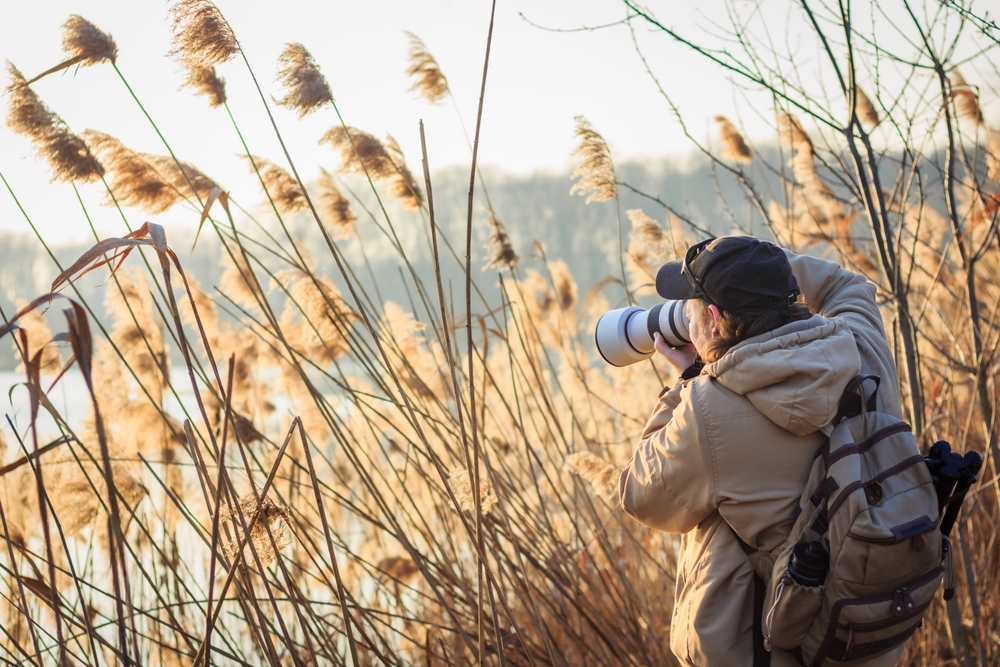
Embarking on an adventure to observe the majesty of wildlife in its natural habitat? That’s a privilege. But remember, with privilege comes responsibility. Being well-informed is the cornerstone of ensuring that our presence doesn’t become a menace to the very creatures we’re enthralled by.
The ‘Dos’ and ‘Don’ts’ of Ethical Wildlife Encounters
How can you marvel at a polar bear or watch a tiger stalk through the underbrush without becoming a disturbance? It starts with a set of guidelines — the dos and don’ts — that serve as a behavioral compass.
- Do keep a respectful distance from wildlife; this allows them to continue their natural behaviors.
- Don’t feed animals, as it can alter their diet and dependency on humans.
- Do remain quiet and composed; noise can frighten and stress animals.
- Don’t support shows or attractions that exploit animals for entertainment.
- Do stay on marked trails to minimize your impact on the environment.
- Don’t attempt to touch or handle wildlife; it’s dangerous and can transmit diseases.
These are just the starting points. Our every action in a natural habitat should be measured and mindful of the residents we’re there to admire.
Pearls of Wisdom from the Best Handy Resources
Luckily, you don’t have to start from scratch. There are invaluable resources that offer insights into ethical wildlife encounters. For instance, the guidelines offered on Worldpackers.com outline responsible travel practices, while Pebblemag.com brings sustainable living into focus, helping us understand how our actions resonate beyond our immediate surroundings. Deeper knowledge leads to more profound respect.
“We have the choice to use the gift of our life to make the world a better place—or not to bother.” – Jane Goodall.
Encouraging words from a world-renowned ethologist. And while quotes may stir our emotions, actionable knowledge equips us to live by those words. Imagine the impact we can make if every step we take is guided by a deep understanding of our environment!
Excited to find out how you can put these insights into practice? Stay tuned; what comes next will transform your good intentions into hands-on, sustainable action. Can you guess how one of the simplest instruments in your travel kit could potentially become an ecological tool? Keep reading to discover this and other practical tips for ethical explorations.
Walking the Talk: Practical Tips for Ethical Explorations

So, we’ve armed ourselves with the knowledge of why ethical wildlife encounters are crucial. But how do we put this into action? Let’s talk about practical tips that each of us can employ to ensure our interactions with nature are responsible and respectful. These are the small steps that lead to giant leaps in conservation.
Practical Tips for Ethical Wildlife Encounters
Here’s how you can align your love for wildlife with actions that protect it:
- Maintain a respectful distance: Always give animals enough space. Invading their personal area can cause stress and alter their natural behavior.
- Avoid feeding wildlife: What seems like a kind gesture can disrupt their diet and dependency on natural food sources.
- Choose responsible tour operators: Support businesses that prioritize animal welfare and contribute to conservation.
- Say no to animal selfies: These can distress animals and encourage the commodification of wildlife.
- Stay quiet and composed: Loud noises and sudden movements can frighten animals. A calm demeanor is always best.
- Avoid flash photography: This can startle creatures and even damage their eyesight.
Remember, responsible behavior doesn’t just protect wildlife; it enriches your experience. By observing animals in their natural habits, behaving as they would without human interference, you’re witnessing the true essence of nature.
Being a Part of the Solution, Not the Problem
Every choice we make in the wild shapes the future of wildlife tourism. Here’s an impactful quote that inspires me every day, “We have the choice to use the gift of our life to make the world a better place—or not to bother” – Jane Goodall. Indeed, by being mindful and making ethical decisions, we’re not only spectators of nature’s majesty; we become its guardians.
Studies have shown that areas with ethical tourism practices experience healthier wildlife populations, and local communities reap the benefits of these measures through sustained income and improved living conditions. This creates a virtuous circle where wildlife thrives and, in turn, supports the people who live alongside it.
Now, with these practices in mind, how will you become a part of the solution on your next adventure? And what could possibly be the next step after ensuring our individual actions are ethical? Perhaps, we could think about something even more impactful—spreading the message farther and wider. But more on that later…
Advocacy: Taking it a Step Further
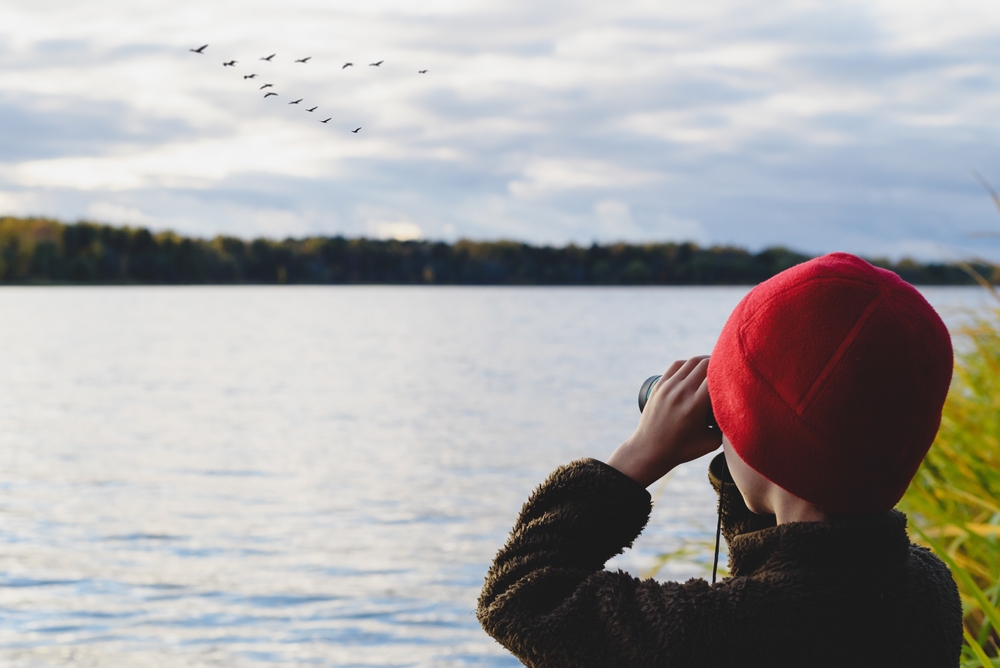
Once we’ve embraced ethical wildlife encounters for ourselves, the next natural step is to inspire others to do the same. Our passion and respect for wildlife shouldn’t be kept in silence—it should resonate, educating and igniting a similar spark in those around us.
Education and Advocacy for Ethical Encounters with Wildlife
By sharing our experiences and the vital lessons we’ve learned about animal ethics, we become advocates for change. It’s about telling the story of that elephant sanctuary where respectful distance meant the world to the well-being of majestic creatures. Or the time we chose a silent kayak over a motorboat to watch dolphins, minimizing our intrusion into their aquatic world. Such narratives don’t just tell—they teach.
There’s profound power in word-of-mouth. In our digital age, a blog post, a social media share, or even a review can materially influence others’ choices and the industry itself. Imagine the collective impact if each of us took to the digital stage to promote responsible practices!
Supporting Ethical Tourism Companies
Equally important is where we invest our travel funds. Let’s face it, the language of money speaks volumes in the tourism industry. Choosing to support companies that prioritize ethical standards sends a strong message. It rewards businesses that care for wildlife and raises the bar for those who don’t.
But how do we discern the ethical champions from the rest? Informative resources such as The Telegraph, Worldpackers, and Pebble Magazine offer insights into ethical wildlife practices and spotlight commendable organizations committed to conservation and respectful wildlife interactions.
Remember, our choices can either contribute to the exploitation or the protection of wildlife. So, when considering your next travel experience, pause and think: Are you choosing a company that truly respects animal welfare? Support those who are genuine stewards of nature, and you’ll be part of a larger, crucial shift towards responsible tourism.
As we approach the end of our exploration into ethical wildlife watching, I can’t help but wonder: How will these values change your next wildlife encounter? Keep an eye out for the final insights in our upcoming piece, where the journey of being a conscious explorer continues.
Rewinding the Journey: A Look at Our Ethical Safari So Far
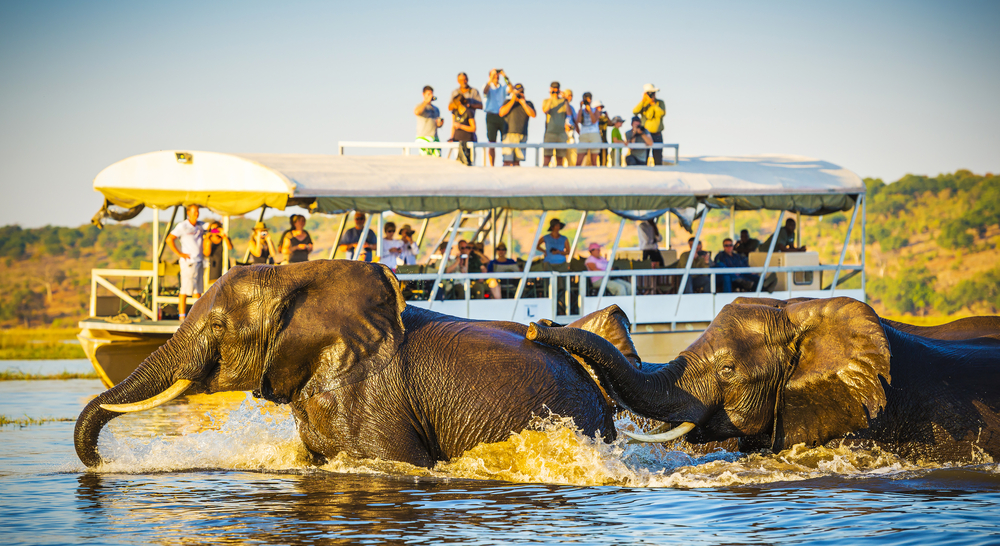
As we pause and look back at the serpentine trails we’ve tread on our ethical wildlife journey, it’s refreshing to see just how far we’ve come. The vistas we’ve witnessed have not only been stunning but have also been intertwined with learning and growth. Together, we’ve embraced the delicate balance between our wanderlust and the well-being of our planet’s magnificent creatures.
From Awareness to Action: The Journey So Far
It all started with a seed of awareness, which we’ve nurtured into a thriving tree of action. We understood that every step we take in the wild has the potential to leave a footprint – and we’ve chosen to tread lightly. From the sprawling savannas to the dense underbrush of tropical forests, comprehending animal rights has been a transformative experience. Our adventures have gone from mere sightseeing trips to profound engagements with nature.
We’ve pivoted from passive sightseers to proactive protectors, ensuring that each activity we partake in subscribes to the highest ethical standards. I found myself, in the glow of a setting sun, maintaining that mindful distance from a passing herd of elephants. The joy of witnessing them unbothered in their natural habitat was profound, and honestly, much more intimate than any close encounter could offer.
The Continued Journey: Being Conscious While Exploring
What’s crucial to remember is that the journey toward ethical wildlife encounters doesn’t have a final destination. Rather, it’s a perpetual path of consciousness that requires our attention during each escapade. It’s about asking the right questions before booking a tour, researching thoroughly, and always putting the welfare of wildlife above the allure of “the perfect shot.”
This ongoing quest has a cumulative impact—less intrusion in animal behaviors, fewer threats to their habitats, and a stronger, united front in the fight against exploitation for entertainment. Think about it, every time you opt for a certified eco-lodge over an establishment with questionable practices, you’re voting for the future of sustainable tourism.
Wrapping Up: Your Role in Ethical Wildlife Encounters
Now that we stand at the threshold of the next chapter in our adventure narratives, it’s time to reflect on how these insights will shape our future expeditions. Imagine the resonance of a world where all travelers hold themselves to these ethical standards; the ripple effect could be monumental. The landscape of tourism could be transformed into an unyielding frontier for conservation.
So, as the stars begin to twinkle above our campsite of contemplation, let’s commit to carrying this torch of responsibility forward. With each conscious choice, we’re not just tourists but custodians of a legacy that champions the sacred coexistence of humans and wildlife. Shine bright, fellow eco-explorers, for the path needs your light. Here’s to our continued journey, rich with respect and brimming with wonder.
How will you step softly on your next foray into the wild? Which action will you take from this moment to ensure that your thrill never becomes a threat to the natural world? Let these questions be your compass, guiding you to ethical and inspiring wildlife encounters.